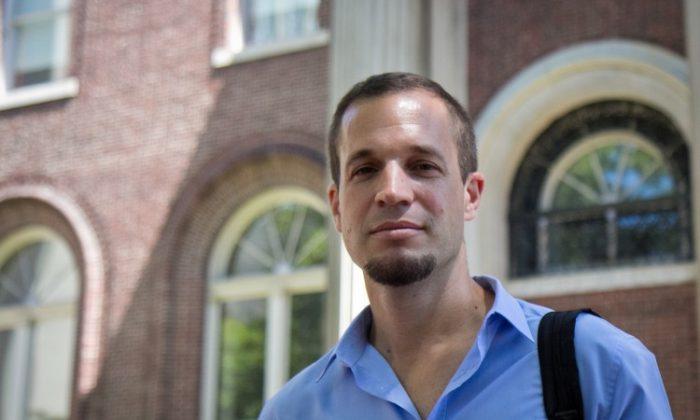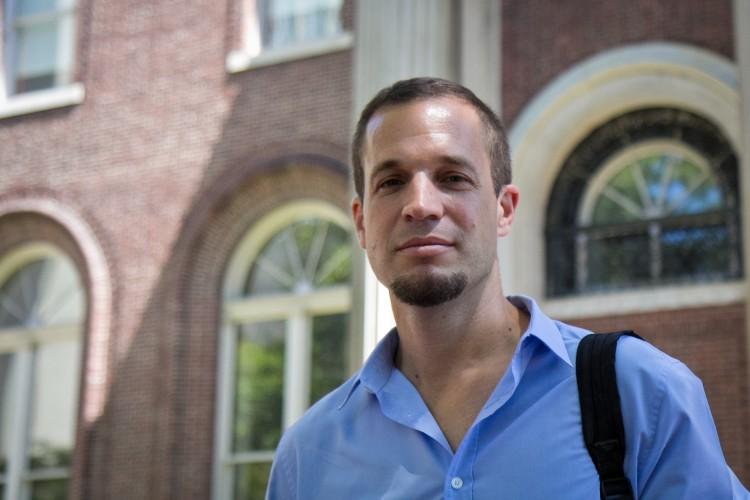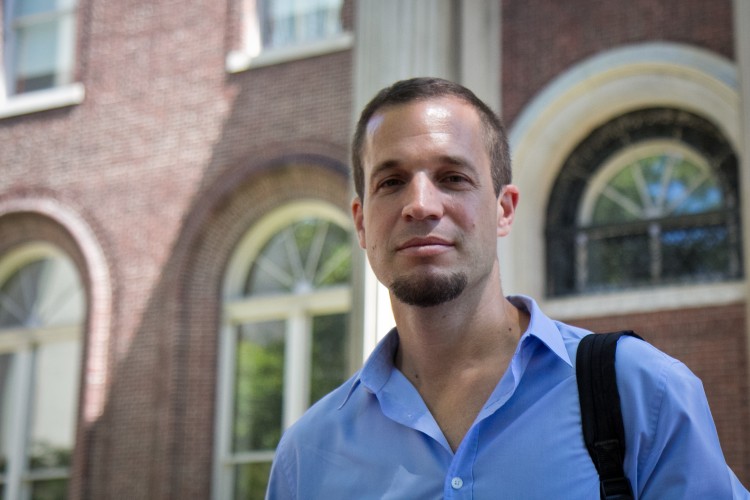NEW YORK—As nursing homes are beginning to abandon traditional policies that enforce dependency for the elderly, Matthias Hollwich sees the responsibility of elderly care shifting onto the shoulders of architects.
Hollwich, the co-founder of Hollwich Kushner architectural firm, has been working on a project called “New Aging” for the last five years. He has researched how to build urban buildings that cater to age-related challenges, conducting workshops, seminars, and research studios to inspire other architects to keep old age in mind.
Speaking at a public urban design talk at Columbia University Wednesday, Hollwich said after working for several high-end architectural firms he was concerned about a lack of “conversation on social responsibility.”
Dementia Prevention
“Fifty percent of dementia cases are caused by lack of fluid intake...a lot of older people don’t drink so much because [it is difficult to use] bathrooms,” Hollwich said. “So we, as architects, are actually directly responsible for some of the dementia cases in our society.”
When a young adult moves into a home, it should be an investment for life, he said. Yet we “continue to build hazardous buildings, where stairs become traps later on in our lives.” The current design of apartments and houses leaves the elderly no choice but to move to nursing homes, he said.
“Architects actually exclude everyone...the elderly are you and me in a few years,” he said.
Elderly in Mind
Hollwich’s firm is currently working on two age-geared buildings in Queens and on the corner of 42nd St. and 10th Ave.—the towers are estimated to open by 2015.
According to Hollwich, New York is one of the best places to retire because all kinds of services and activities are close by. There were 634 nursing homes in New York as of 2010, according to the Kaiser Family Foundation. However, some research shows that nursing homes are lacking in quality of life.
Nursing homes
Residents of traditional nursing homes tend to lose their individuality and dignity over time, and are at higher risk for depression, according to a two-year study by the University of Minnesota.
Although Hollwich is against nursing homes, his firm was asked to design an innovative nursing home complex in Palm Springs, Calif., where residents can have private gardens, a meditation reflection area, a napping area, and master bedrooms for extended families.
“The idea is fantastic, it touches on all the things we care about,” said Tricia Martin, owner of We Design architecture and planning firm.
With reporting by James Smith
The Epoch Times publishes in 35 countries and in 19 languages. Subscribe to our e-newsletter.








Friends Read Free